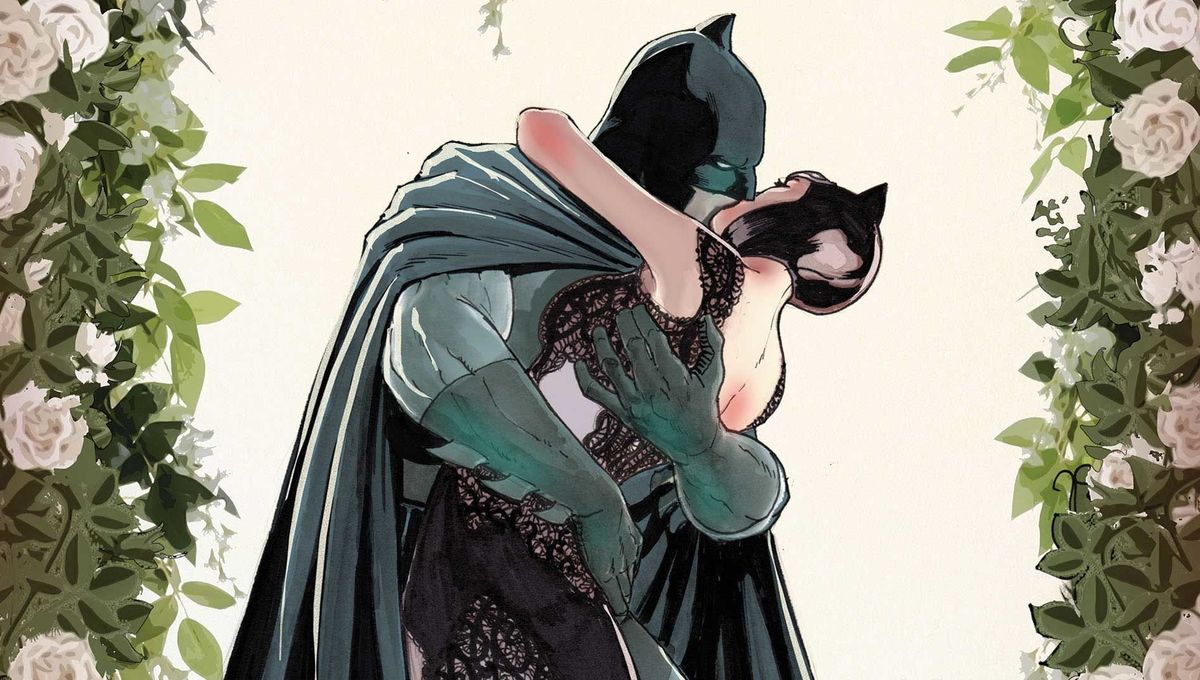Table of Contents Show
Fans of comics everywhere seem to have collectively cried out in either excitement or distress after the recent announcement of a new 12-issue Rorschach series penned by Tom King and drawn by Jorge Fornés. The series, which is slated to be released this October, will join the ranks of the many recent “sequels” to Watchmen, including HBO’s Watchmen series and DC’s major event Doomsday Clock.

The fact that the series touches upon the difficult ground of making a “sequel” for not only one of the most celebrated graphic novels of all time but a story that the writer himself does not want to be adapted or played with, is a good enough reason for many to be wary of it. The added bonus of Rorschach being a highly divisive character because of his moral absolutism, racism, violent nature, and the overall way he is quite literally designed to be abhorred has also raised questions.
Amid all the controversy and social media buzz, however, there has been little talk about Tom King’s writing and how it will translate to Rorschach. Or, at least, there has been practically no focus on King as a writer and all the focus on King as an ex-CIA agent and how that affects his politics. In this article, we’ll correct this by looking back at Tom King’s previous work and highlighting precisely why his writing deserves more recognition.
The Art Of Tom King’s Storytelling
On paper, Tom King is nothing less than a highly accomplished writer in the comics world. Once an assistant to Chris Claremont, he has won multiple Eisner awards for his work on series such as Mister Miracle, Omega Men, Batman, and Vision. He has also written a myriad of shorter pieces and seems to always have something new in the works. Although Rorschach is soon approaching, Tom King is also currently writing Strange Adventures and an upcoming Bat/Cat series.
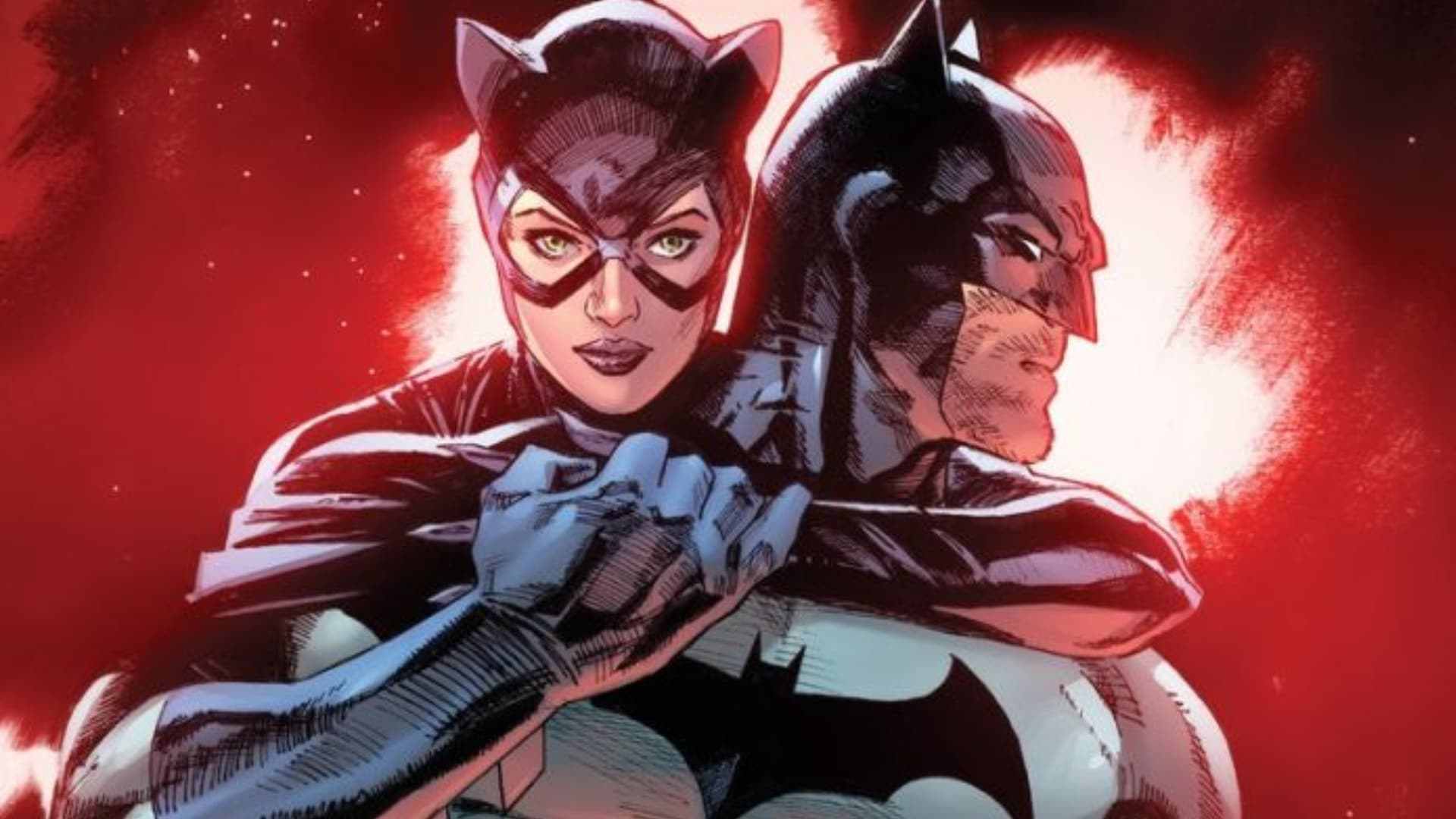
King’s actual writing more than reflects his stated accomplishments. He manages to stand out from other comic writers for his unique ability to write larger-than-life figures as remarkably human. He turns characters that resemble legend, characters that sometimes aren’t even human, into mirrors that readers can see themselves in.
Meaningful Relationships In Comics? (Gasp!)
One of the many ways Tom King humanizes his characters is by having relationships take center stage in his stories. Whether familial or romantic, it is clear that he understands the transformative power that human (or … android, in Vision’s case?) relationships have. In fact, most of King’s characters have a major romantic relationship in their lives that affects them. The heroes of Strange Adventures and Mister Miracle are married and grappling with different aspects of parenthood, while King’s Batman is preparing for marriage.
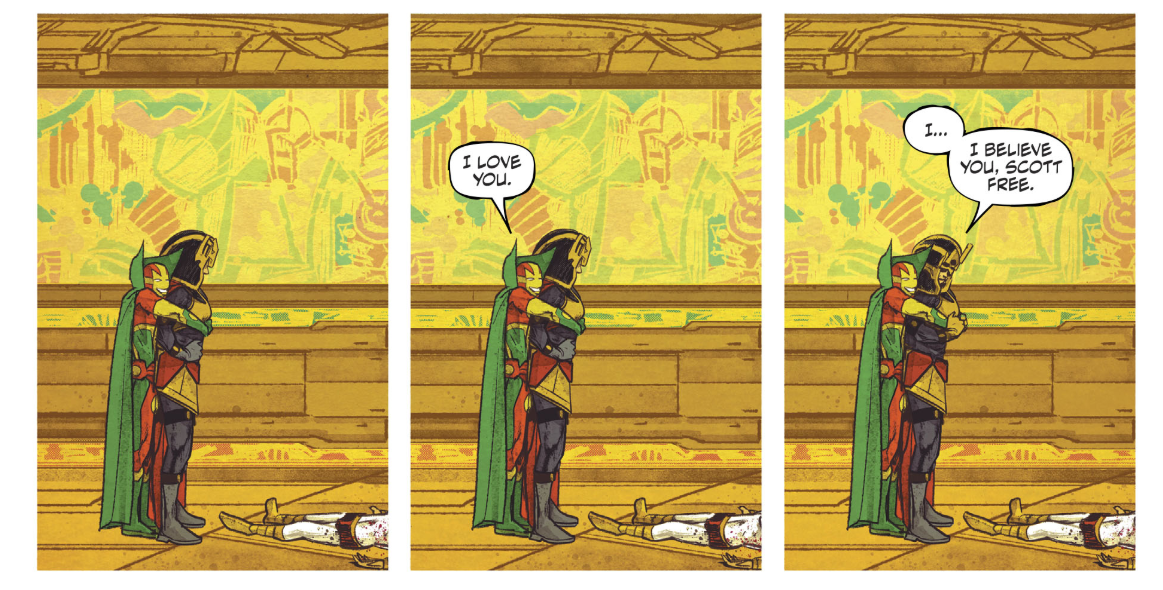
Of course, readers of any superhero comic should know not to blindly trust the longevity of any potential comic book relationships. Even the most well-established couples of the comics world, such as Spider-Man and Mary Jane, have their moments. And yet, the relationships, Tom King writes, reflect a sort of stability and security that is resoundingly realistic.
It feels as if characters like Scott and Barda in Mister Miracle are fighting against the world together, rather than the world threatening to break them down. Sure, King might have pulled the classic trope of someone running off at a wedding at one point – but it’s also important to note that it wasn’t intended as the end of Batman and Catwoman’s relationship. It was only part of the story he intended for them, meant only to make their relationship stronger by the end of his Batman run.
These relationships aren’t simply background noise to the main hero/villain plot, either. Instead, they’re integral parts of the characters and stories that Tom King crafts. In Vision, for example, saving the world or defeating a big bad simply isn’t the goal. The plot is instead driven by Vision’s struggle to find a place in the world for his family.
Trauma And Grief Are More Than Permitted
This willingness to let characters have relationships that play a meaningful part in their lives lends itself to further vulnerability. When characters are allowed to be emotionally tied to those around them, they are also permitted to feel all the emotions that come with having those bonds.
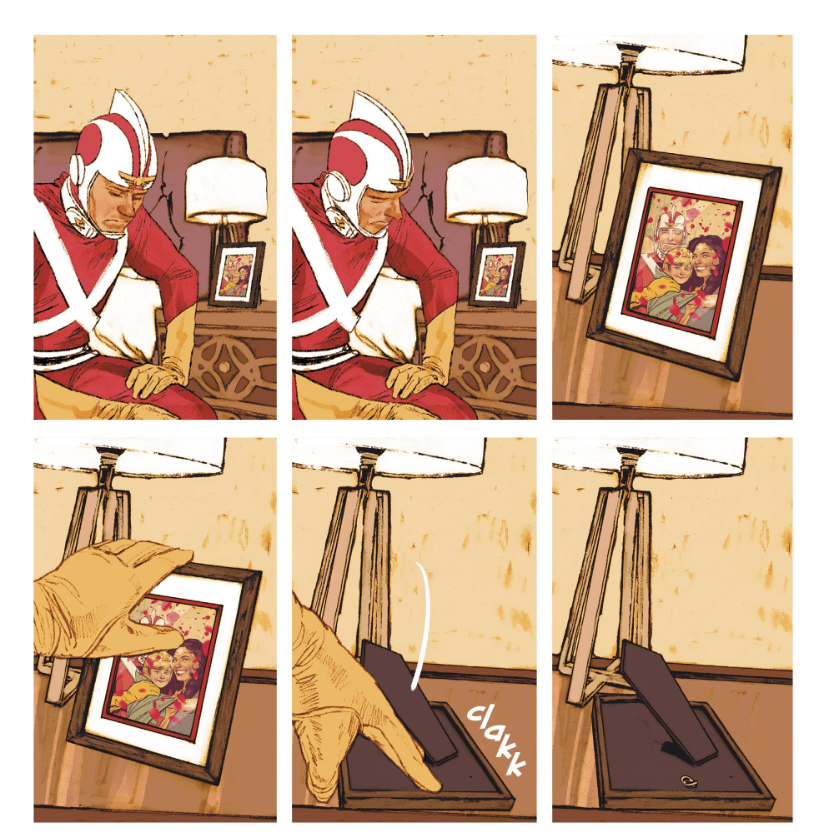
Adam Strange’s grief over his lost daughter is amplified by how close he is to his wife. Batman’s trauma is made clearer by the way he connects with Catwoman. Vision’s sadness over his lost relationship with Scarlet Witch seeps into the way he sees his family. Tom King fully exploits the relationships he builds up in his stories to further develop his characters and show the emotional struggles they deal with. What Tom King’s characters deal with is always grief, trauma, and depression above any other emotional struggle.
I mean, would you really expect anything less of superheroes? If Watchmen tells us anything, it’s that the sort of person that would fight crime is usually not the most mentally stable one. That’s practically the entire premise of King’s Heroes in Crisis — heroes can deal with a bit of therapy. It’s certainly not a new concept, but Tom King has an exceptional ability to make the mental health struggles of characters realistic. He treats trauma with the respect it deserves and gives it the same weight that it has in the real world. In King’s writing, mental health isn’t some quirk to give to characters to explain their backstory or to move plots forward – it’s an inherent part of who they are, for better or for worse.
Addressing God-Status
At the very start of Mister Miracle, the comic slaps you with a fun and cheery idea – Adam Strange, in his desire to find something he cannot escape from, has attempted to kill himself. While shocking and a bit terrifying conceptually, this is par for the course for Tom King’s writing. Failure is paramount in shaping his characters.
Sure, failure is a necessary part of almost any story. Nobody wants to read a story without tension. But with superheroes, who are inherently larger-than-life figures, it’s a bit different. There’s a status quo to maintain, and comic book fans more than anyone can hesitate at the idea of their favorite hero messing up. There can be a difficult line to tread in writing stories about imperfect superheroes.
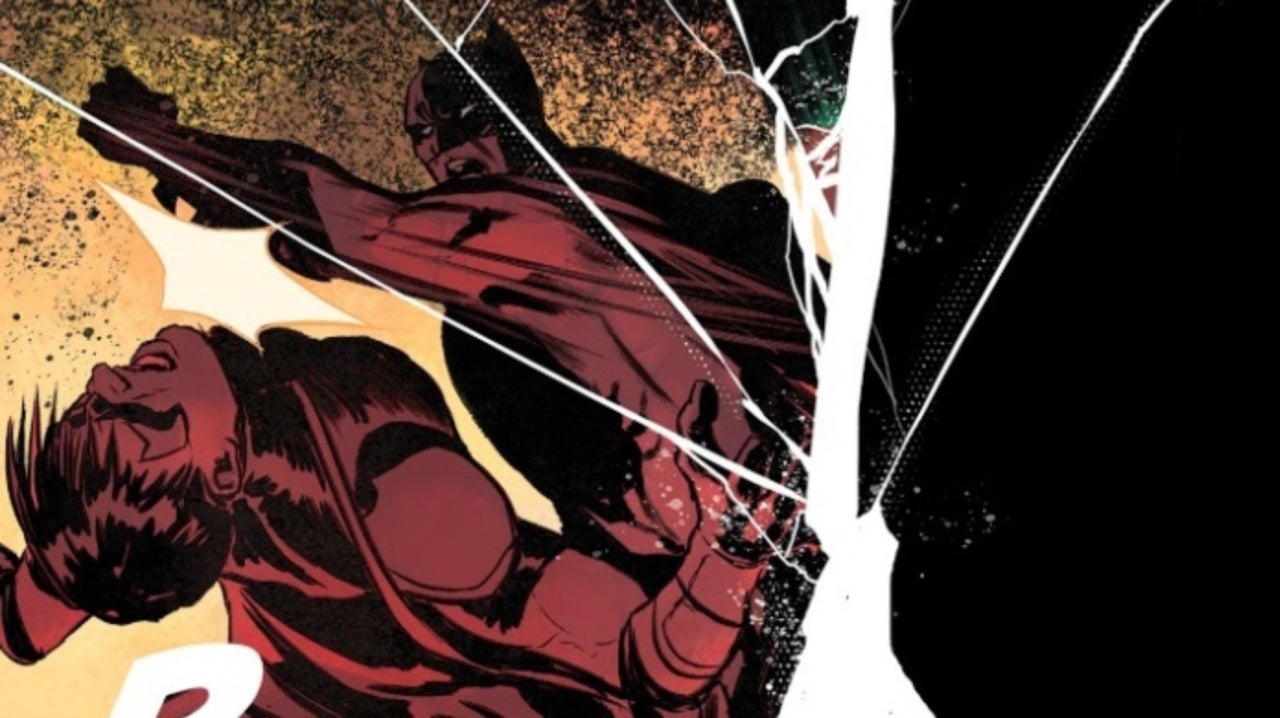
Tom King doesn’t seem to care about this sort of balancing act, in the best way possible. He shamelessly writes characters that are as infallible as anyone else. They mess up and do questionable things – they cover for murder, they punch their adopted children (not very cool of you, Batman), or they have dubious roles in space-wars.
Tom King recognizes the legendary status of his characters while simultaneously destroying the idea that just because they perform feats of astonishment, they are on the same level as gods. One arc of his Batman run exemplifies this — immediately after Batman is left at the altar, he serves jury duty as Bruce Wayne. While those that surround him talk of Batman as an untouchable hero, he argues that they should reconsider that notion. Batman knows better than anyone that he is subject to error.
So, About That Rorschach Series…
If there is any way to summarize the way Tom King writes characters, it’s this – they’re broken. The same kind of broken as anybody else is. They’re emotional, they deal with the inherent trauma of being superheroes, and they are very much human (yes, even Vision). King is a masterful writer who knows how to craft more character-driven comic book stories that touch upon the questions that we find in our own lives: What makes us human? What is the nature of truth? Is happiness something that must be earned, and how can one begin to be happy after a life full of trauma?
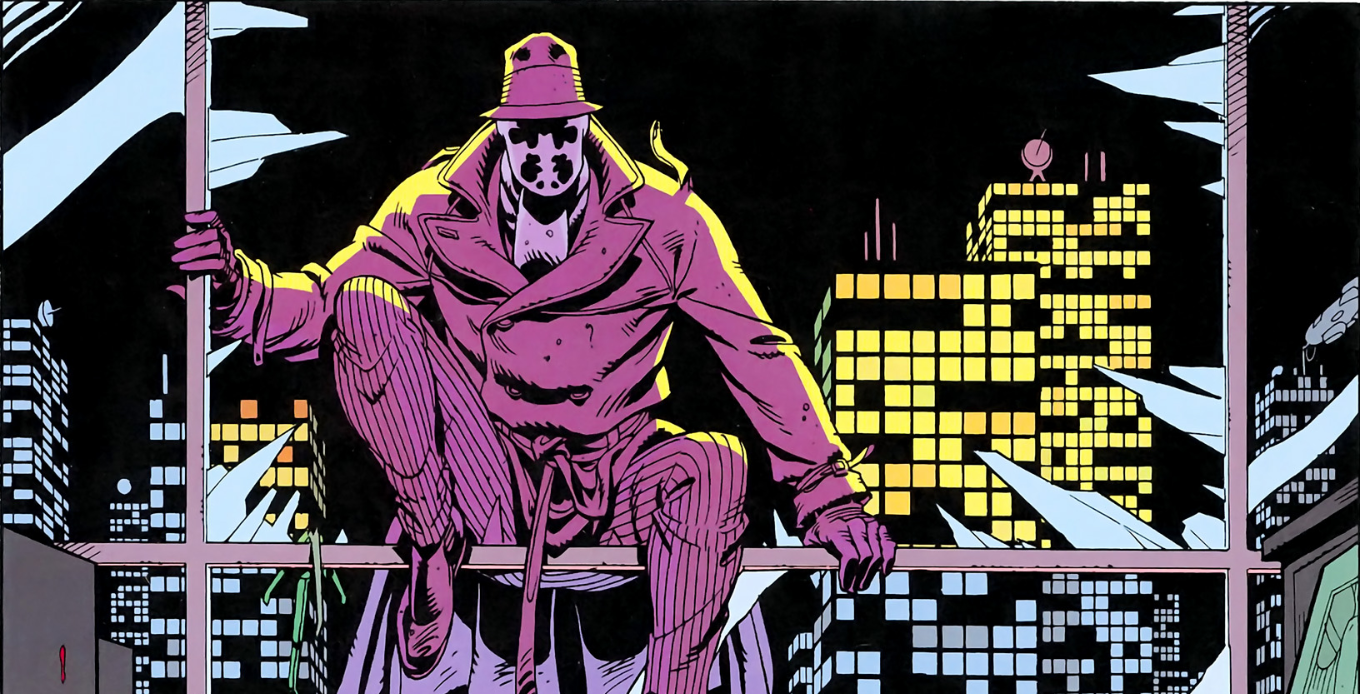
No other writer has consistently set out to reimagine major superheroes in the way Tom King has, and there is no better person to write Rorschach – who is just as damaged, painfully human, and deserving of careful treatment as the rest of King’s characters are. If you happen to be one of the people on the fence about a new Rorschach series (and understandably so), have hope that it will be written well if nothing else.
